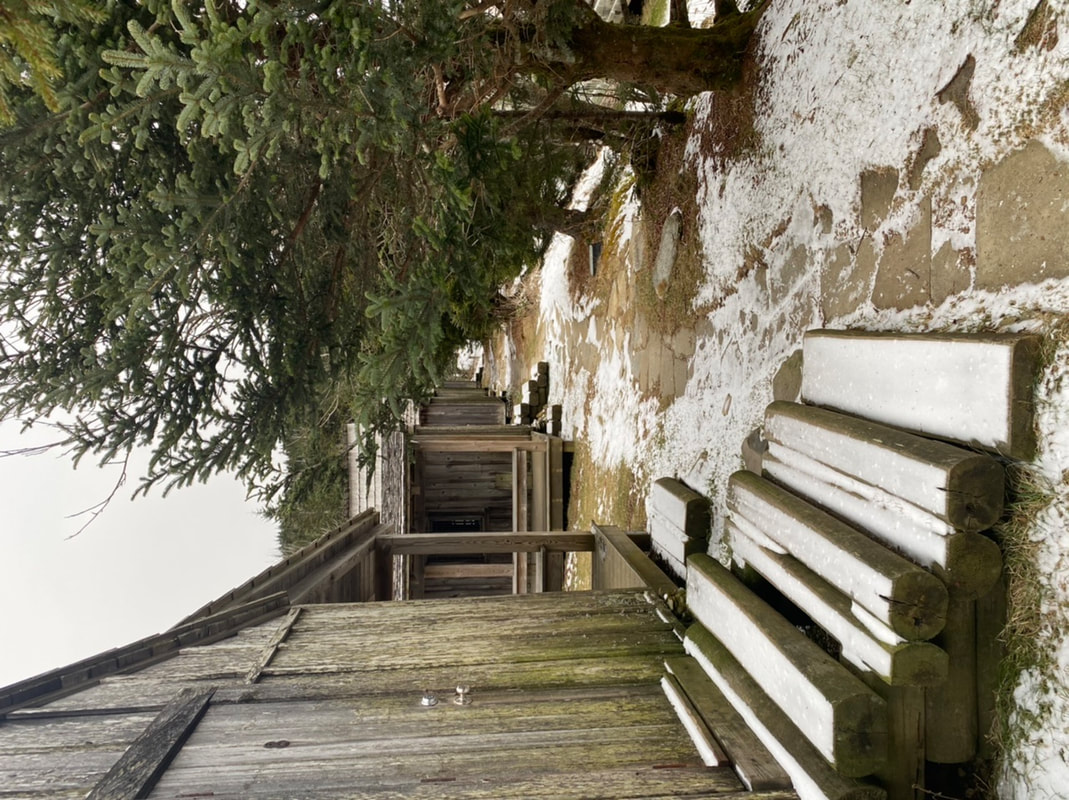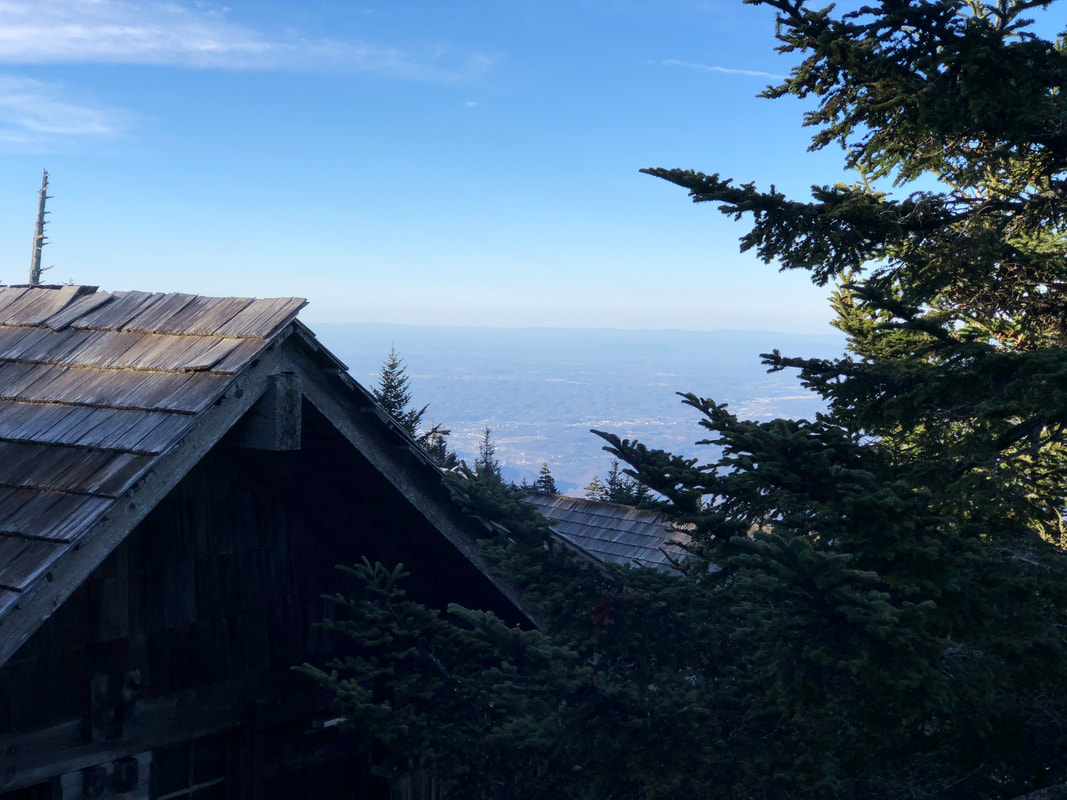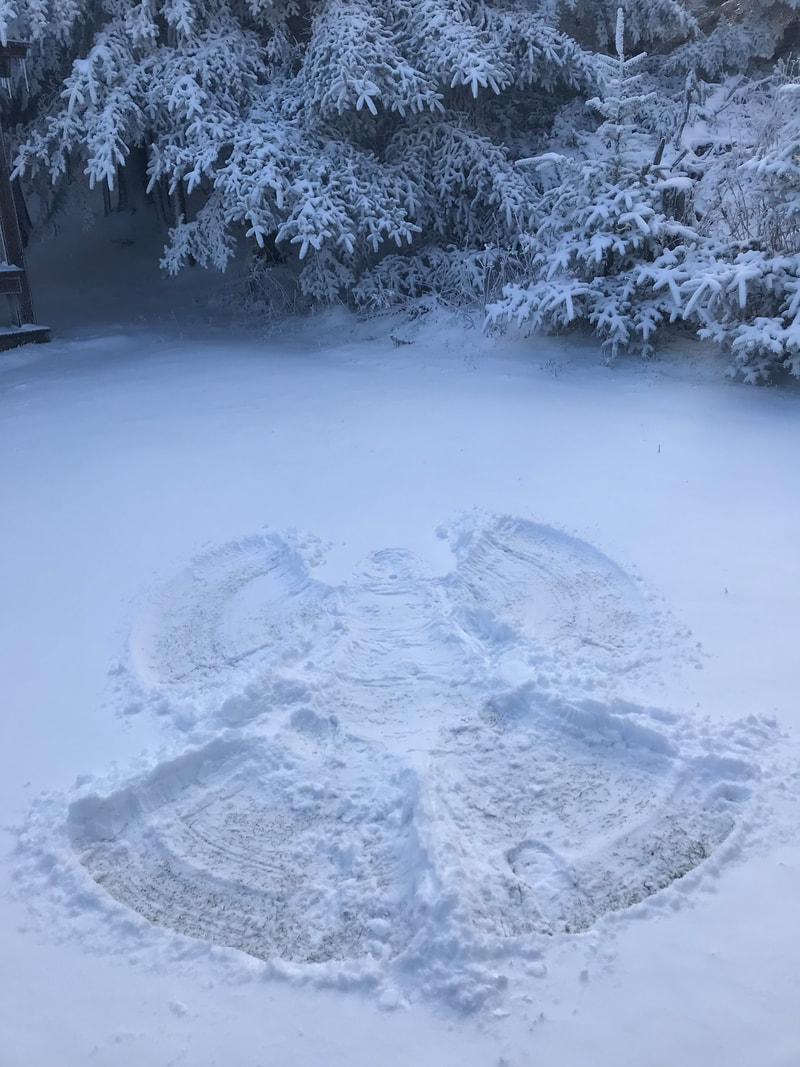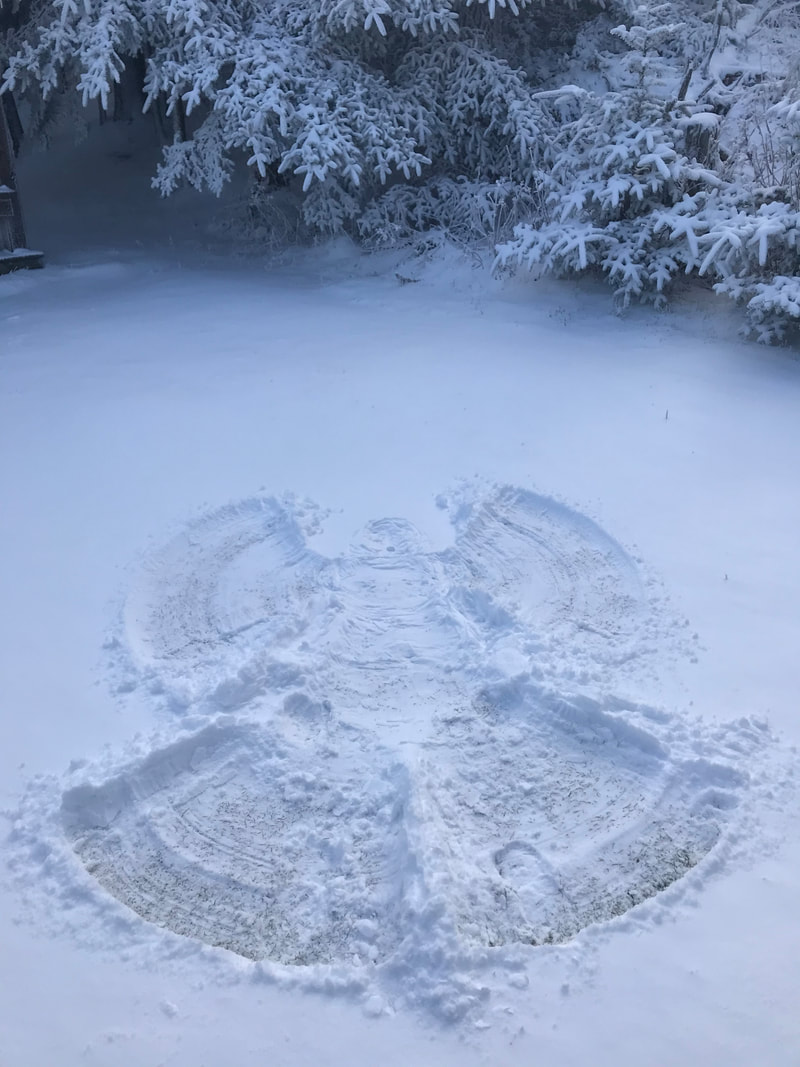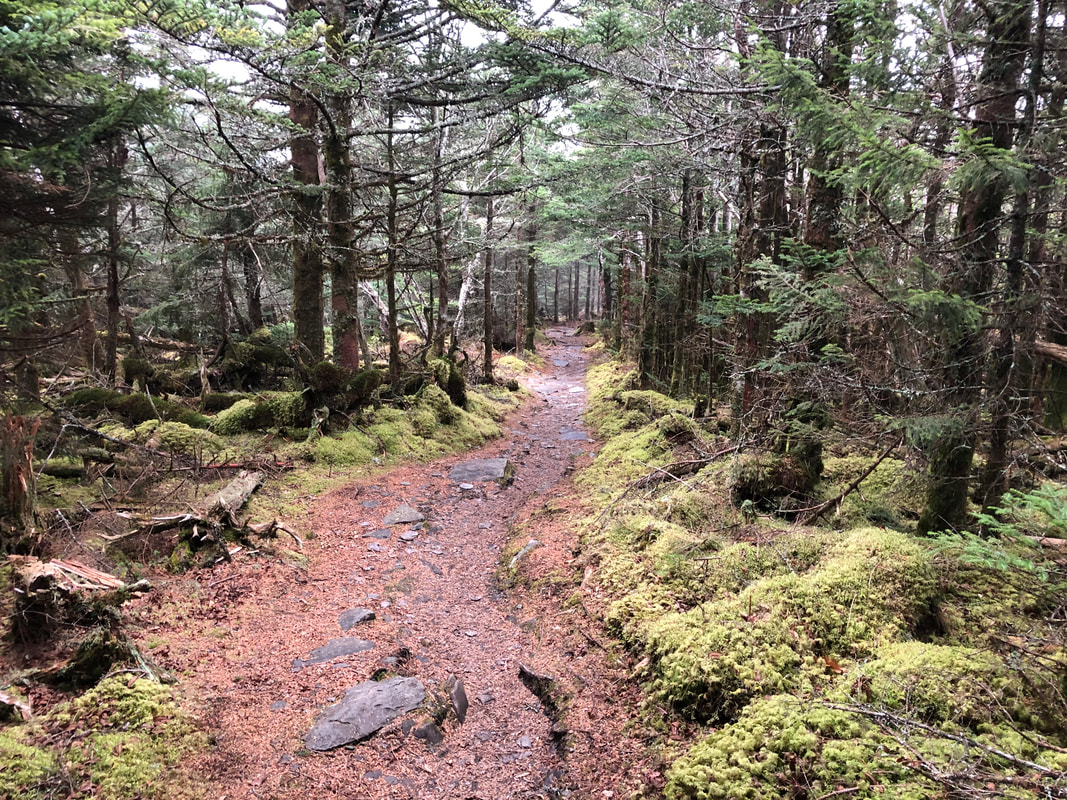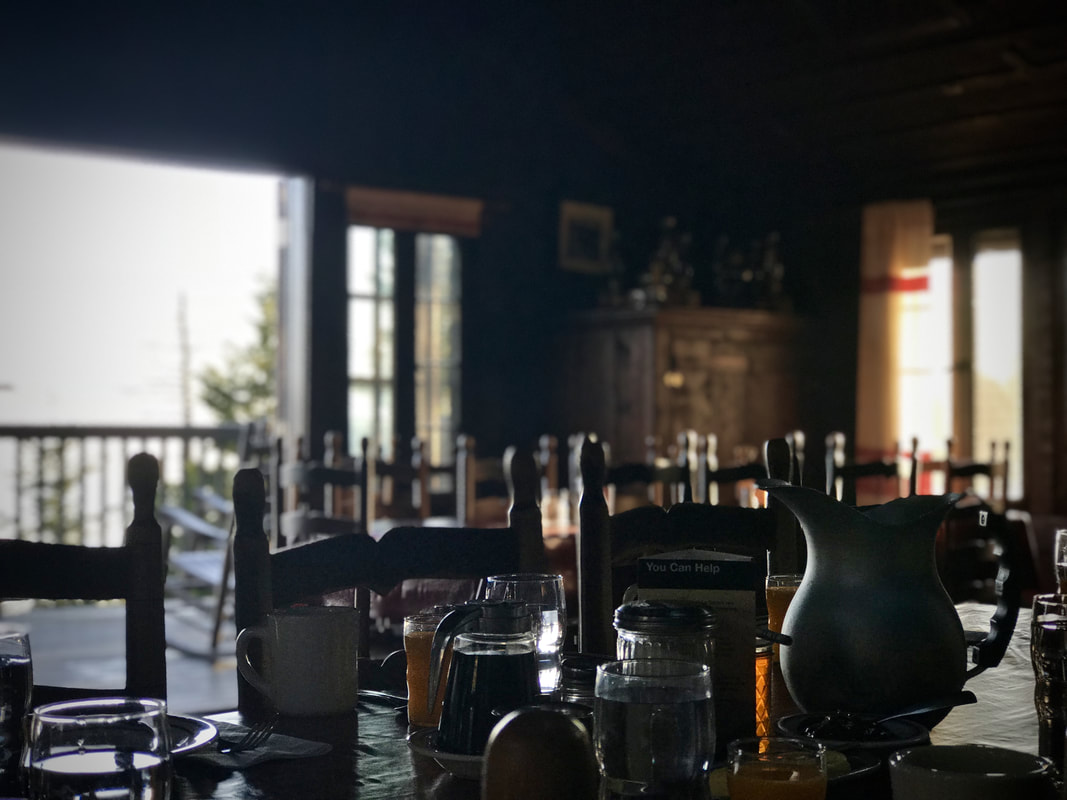|
Happy Hump Day to everyone. Hump Day isn't one of our most noted celebratory days on LeConte, as we continually stay open from mid-March through November, but I hope you all have a good one. I guess you could say our Hump Day on LeConte was in mid-July, the halfway point of the season. The next full day we'll be closed is Thanksgiving (most of us will hike off the mountain the Wednesday afternoon before Thanksgiving). Plus, LeConte rates a majestic mountain and no mere hump.
Today I'm writing about the LeConte Lumber Company, no real company but the moniker for the sawmill that operated at LeConte Lodge in the past. Let's get this out of the way first: the sawmill operated cutting up deadfall in the past. We don't cut down anything anymore and haven't for decades. Our current mandate is to let nature take its course. We even plant more native fir trees around the lodge to replace some of the ones killed by the adelgids. Before the lodge installed the current propane heaters, we used kerosene heaters and, before that, wood heat. Each change was made to be more environmentally friendly. In those days of using wood heat (perhaps some of you visited LeConte in the fireplace days and would like to share your story in the comments section), crew members would hitch up a horse (I profiled Blackie the wonder horse earlier this year) and pull deadfall out of the woods around the lodge. This deadfall had to be cut into useable pieces, so a sawmill of some kind existed near the summit since the lodge was built until the "LeConte Lumber Company" was shut down in the mid-1970s. Al Bedinger, a LeConte Lodge crew member in the early 1970s, has been a wealth of information about the days of LeConte past and has been generous enough to share his stories and photos of the "LeConte Lumber Company" for this update. In 1973, when these photos were taken, the sawmill was located below the dining room deck, near where the propane tanks are located now. With that, I'll turn the update over to Al, who wrote the following. --------- "The engine was a Lycoming water-cooled, straight 6 taken from a 1925 Gardner automobile. The carburetor was from a tractor. The sawmill had a hand push-through carriage. Herrick Brown [LeConte Lodge manager in those days] would push the logs through the last little bit using a stick [as seen in the above photo]. Sometimes one of the lodge cats [no pets of any kind are allowed at the lodge now] would ride (who knows why?) on the carriage as we were cutting wood, and Herrick would comment that we would be having cat burgers for lunch. Fortunately the cat would jump off before the 48-inch diameter saw blade made the burgers. The saw was the 48-inch diameter ring tooth type. The teeth were removable for sharpening. Once while I was running the engine and a large log was being pushed through there was suddenly a very loud screech. Knowing something was wrong I quickly ducked behind the engine. Of course I was way too slow, only lucky as were the other sawmill crew members because the blade hit a 20-penny nail on the diagonal and most of the teeth spit out. I am sure the very high tip speed of the saw blade was such that the teeth were long gone before any of us were able to duck. It could have been a disaster – not unlike getting shot with a 50-caliber machine gun. I still have one half of that nail. The saw blade was driven with a large canvas and leather belt wrapped around a pulley on the engine and a similar size pulley on the saw blade shaft. The sawmill crew would run beside the mill holding the belt. The engine operator would have the clutch depressed and the engine in second gear. When the saw blade reached a suitable RPM the clutch would be popped and if all went well the Lycoming would fire up. We would cut in third gear. The water tank [seen to the left of the bears in the below photo] was an old water heater tank. The engine water pump pumped water to this tank and the water was cooled via natural convection. If the water became too hot we would drain off some and replace it with cool water. Herrick, being a child of the Depression, never liked wasting anything so one day he hooked up the tank of hot water to the shower in the laundry [one of the crew quarters] for a “free” shower. Well, the water was quite hot and also quite black so no one used this “free” hot water. The normal shower water was heated via a wood-fired hot water boiler. Wood chips from the wood yard were used for fuel so the showers were essentially free anyway. I was not on the mountain when a saw log was “launched” but Herrick called me to give me a full report. While pushing a large log through the saw blade the effort was not properly coordinated and the log was slightly skewed and the powerful blade caught the log and launched it over the laundry [the building, not a clothes line]. To my knowledge this was the only attempt to launch a fir log into sub-orbital flight." ---------- Thanks to Al for those fine stories and photos from the LeConte Lumber Company in 1973. It makes me appreciate the propane we use now. Tuesday marked another day without much temperature swing -- 61 for the high, 56 for the low. We received 0.07 inches of rain. Wednesday morning has been cloudy but the rain returned this afternoon. Happy trails.
1973 you talk about the old days. It really wasn't that long ago. What a ways the lodge has come. And to think they have it rough now. I too, heat with wood(Central Boiler), so if you don't put a log on the fire, you don't get a hot shower. But we can always go down and turn on the hot water heater from our propane.
Chris D
9/5/2012 07:54:41 am
Sure hope old man winter shows up for that Tuesday night before Thanksgiving. It's always nice to hike in the snow. I remember years back ( believe 2005) closing night there was only a dozen or so folks show up for the night. Henry had just returned back from Iraq and was going to be the winter caretaker.
Ron wood
9/5/2012 08:17:13 am
I came up a lot in the mid 60 s saw a lot of fires in those days . it was very nice and the smell was the best .Miss those days .
Anthony W.
9/5/2012 08:37:27 am
Nathan, don't know if a book has been done on past Crew stories. If not, you should take it on as a project. You are a talented writer, Sir.
Gina
9/5/2012 09:39:40 am
I totally understand hump month Nathan, I have a mom & pop motel over in Maggie Valley, LOL. Im ready for winter (thats my time off to). Also ready for November so I can get away and hike up to the lodge again this year
FlAndy
9/5/2012 04:51:58 pm
Curious as to where the sawmill was located back then relative to the structures present today? Headed up to stay at the shelter in a little over a week... Cannot wait to be back on the mountain! Coming up Boulevard and down Brushy Mtn... have done all the trails to LeConte except Brushy, looking forward to it.
FlAndy
9/5/2012 06:28:17 pm
Nevernind my question above!... Didn't read close enough, thanks for the great post today!
Kathy
9/5/2012 06:36:14 pm
I do love hiking in the snow, it is so refreshing and alot cooler on your body. I remember one year hiking down from lodge in early Nov, it was the best hike down I have ever had. 9/16/2012 07:01:42 am
I worked at the Lodge the first year 1960 the Brown's were there & remember the sawmill as I helped operate it..My job was the throttle man so to speak.The contraption was very dangerous but fortunately I dont think anyone ever got hurt while I worked there. Comments are closed.
|
LeConte LodgeWelcome to the official blog of LeConte Lodge. We hope you find the information provided here both helpful and enjoyable. Thank you for visiting the site, and we hope to see you on the mountain! Archives
June 2024
|
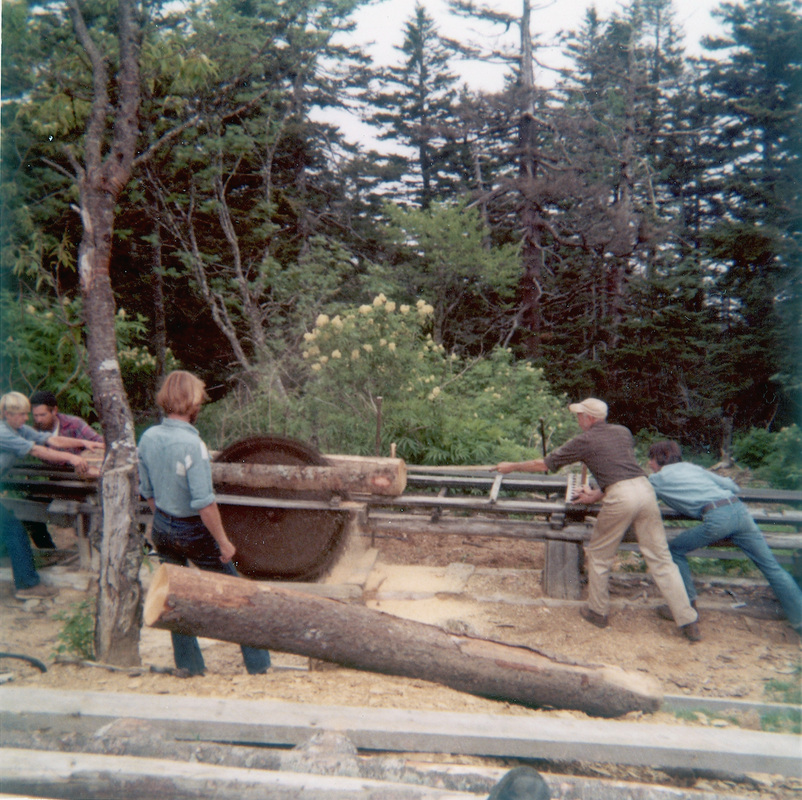
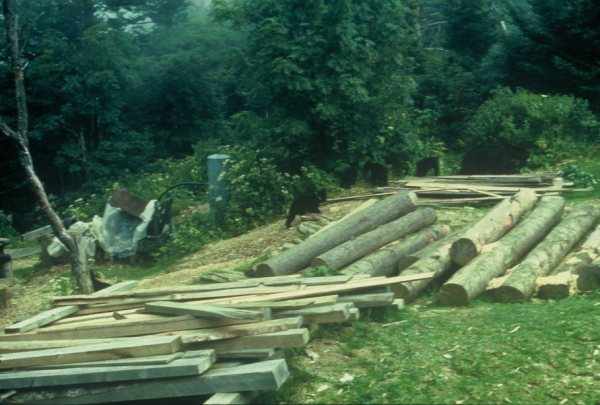
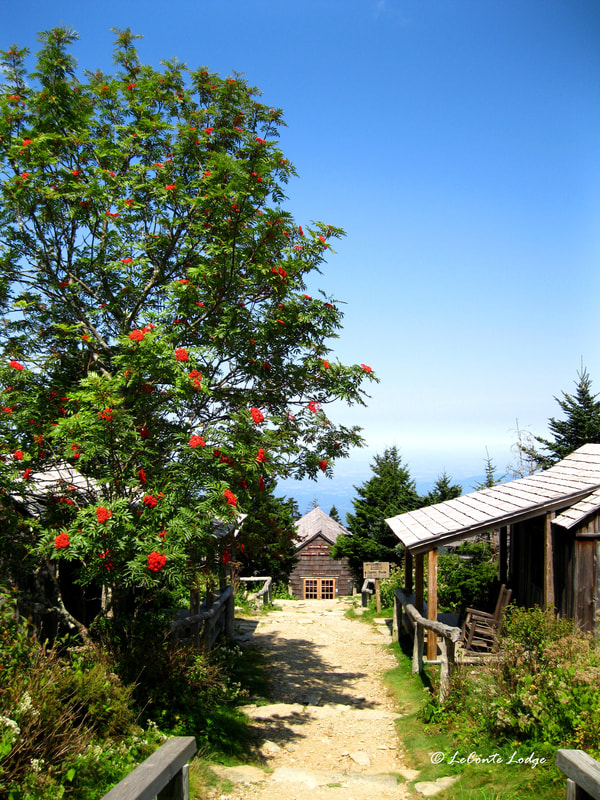
 RSS Feed
RSS Feed
